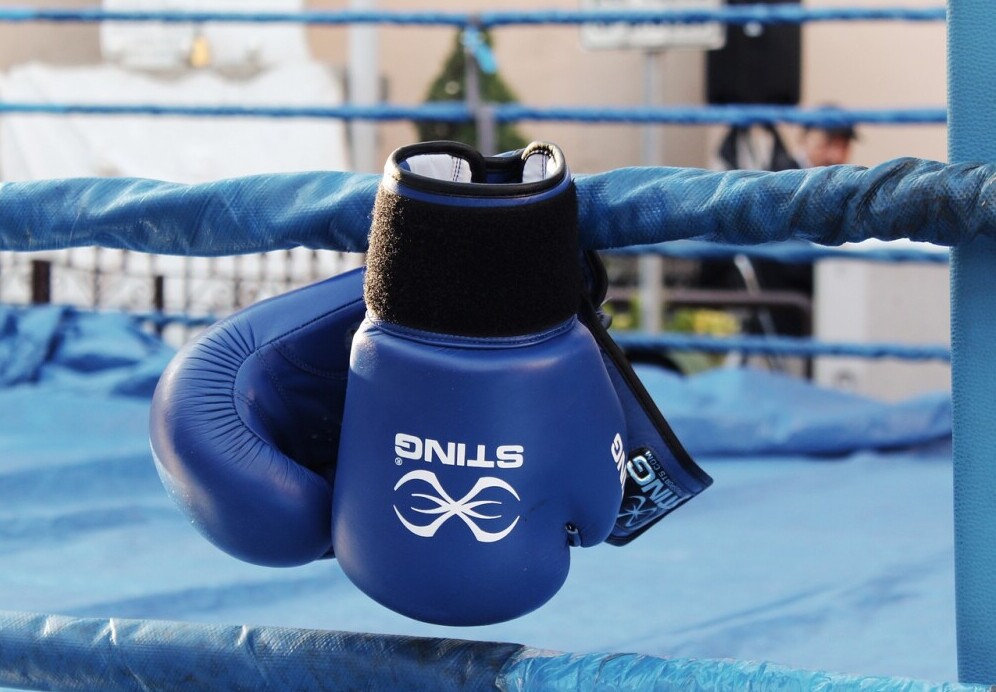Choosing The Right Boxing Gloves
Boxing ain’t just about throwing punches; it’s about having the right gear to help you train safely and effectively. Whether you’re planning to spar, hit the heavy bag, or work through a grueling training session, picking the right gloves is key. Consider what you’ll be using the gloves for most often. If you’re into sparring, you might need a different glove than someone just pounding the bag for fitness.
Weight, size, and type of gloves matter big time. Bag gloves, training gloves, and sparring gloves each have their sweet spots in terms of design and purpose. Bag gloves are usually lighter to help you practice speed and rhythm, but sparring gloves are heavier to protect both you and your partner. Training gloves mix a bit of both for all-around use. You’ll want to figure out where you fall in this trifecta based on what you’re aiming to achieve.
So how do you know which boxing gloves to get? It’s all about your goals. Are you looking to train hardcore, lose weight, or just have fun? If you’re prepping for a fight, opt for gloves that cater to competition standards. Just starting out? All-around training gloves of moderate weight might be your style. It’s about assessing what you need before checking your bank balance.

Features of a Good Boxing Glove
When picking gloves, material tops the list. Leather lasts longer and breaks in nicely, molding to your hand, though it hits the wallet a bit harder. Vinyl’s friendlier on the budget and does the job for casual boxers, but might not hold up as long under serious use.
Durability comes down to how the gloves are stitched and padded. Good gloves have reinforced seams and padding that can take a beating without wearing out too soon. The padding inside not only gives your hands a cushy ride but also distributes the impact of your strikes evenly to protect your knuckles and underhand muscles.
Grip and design can make or break how you perform in the ring. Ergonomic gloves with a natural curvature let you form a proper fist effortlessly while supporting your wrist. Many good gloves come with mesh or breathable materials on the inside to keep things nice and cool during intense sessions.
Wondering how to choose a good boxing glove? Focus on what matters most to you. If it’s longevity and consistent wear, invest in solid leather gloves. If versatility across different workouts is needed, find those with a balance in padding and support. Bottom line: prioritize quality and fit to align with your boxing journey.
Finding the Perfect Fit
Getting the right fit for boxing gloves isn’t just about comfort, it’s about safety and performance too. To start, measure around the widest part of your hand, excluding your thumb, to find your hand’s circumference. Most glove sizes are based on this measurement, so it’s a good starting point.
Glove weight classes—10oz, 12oz, 14oz, 16oz—affect how gloves fit and feel. Lightweight gloves offer speed, but heavier gloves provide more protection and build endurance. For training, medium weights are often spot-on, balancing protection with usability.
Finding the right fit means focusing on how snug yet comfortable the gloves feel. You want them tight without cutting off circulation or having excess space. When you try them on, wear hand wraps too because they’ll add to the bulk. A good fit supports your wrist, cradles your knuckles, and lets you move naturally.
So, how do you make sure you’re finding the right size? Test different sizes and weights while wearing your usual gear. Feel for a fit that’s supportive but not restrictive, offering both protection and freedom to throw those punches.
Choosing the Right Weight for Beginners
Stepping into the boxing world can be overwhelming with all this gear talk, but getting the right glove weight is where it starts. For beginners, the weight of the glove affects both protection and punching speed. The debate often lands on whether to go for 14 oz or 16 oz gloves.
14 oz gloves provide a middle ground. They’re not too heavy, allowing better control and speed. Ideal for those looking at a mix of bag work and light sparring, they balance protection without hindering movement much.
16 oz gloves, on the other hand, offer superior protection. The added padding is great for sparring and for pushing your endurance levels in training. The extra weight does mean sacrificing a bit of speed, but it pays back by toughening up your punches and building arm strength over time.
So should beginners use 14 or 16 oz gloves? It depends on how you plan to train. If you’re more focused on conditioning and endurance with sparring sessions, then 16 oz might be better. For those mixing in a variety of routines, 14 oz provides enough protection without the heaviness.
Choosing the right weight isn’t set in stone, and as priorities and skills develop, the glove weight can change. Starting with a weight that suits your immediate training style while being open to adjustments ensures a smoother boxing journey.

Your article does a fantastic job explaining how to choose the right boxing gloves based on training goals, but I would love to know more about how specific glove features, like padding thickness or wrist support, affect hand health during long-term training. For those who might be prone to wrist or knuckle injuries, are there certain gloves or additional features you would recommend to reduce strain and improve comfort? How can someone balance protection with mobility for intense training sessions?
Thank you ! I am going to post another articles about specific glove features and reviews on different type of gloves for different use. I will write and include it about wrist and knuckle injuries. Since I have experience slight strain on my knuckle and have get it checked, daily looking for trigger points and stretching helped me with mobility.